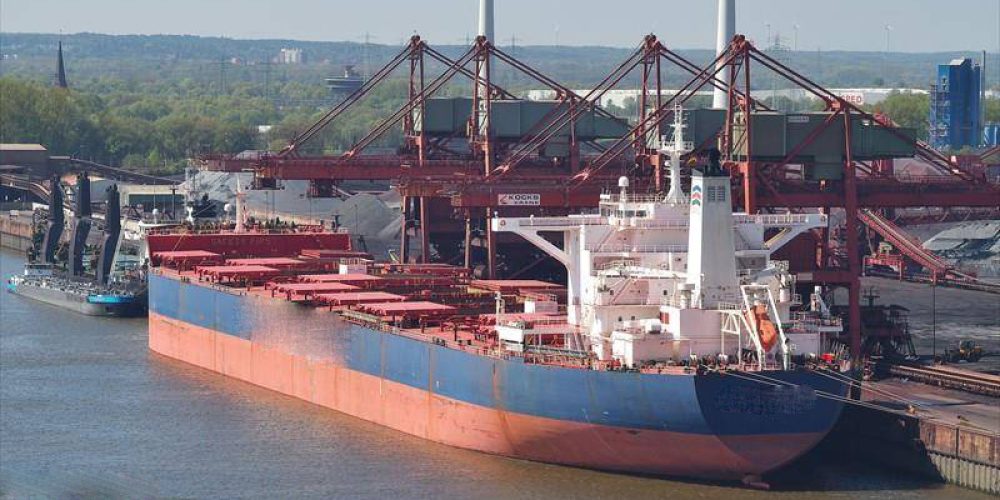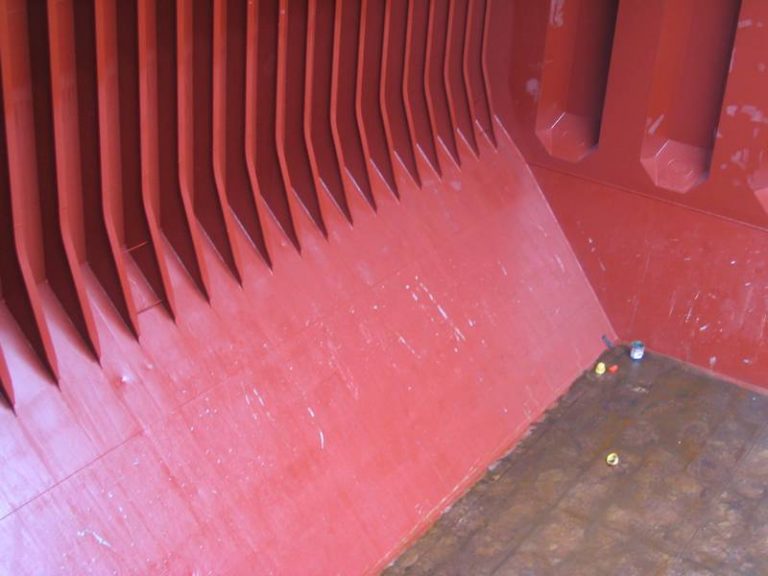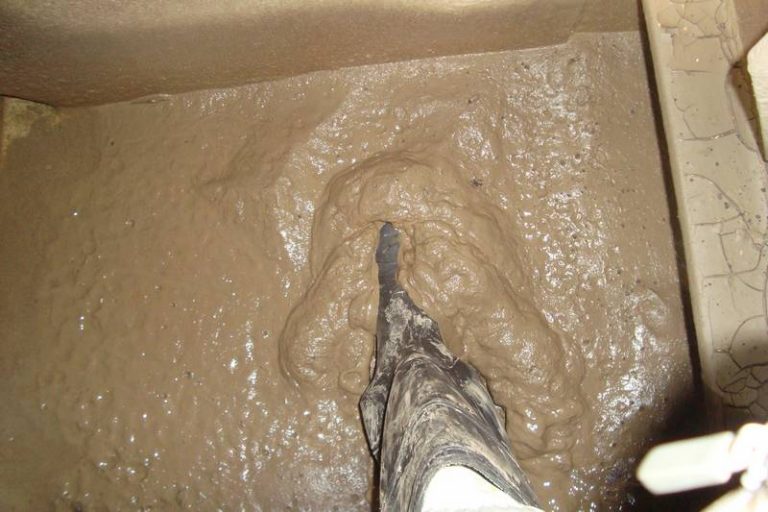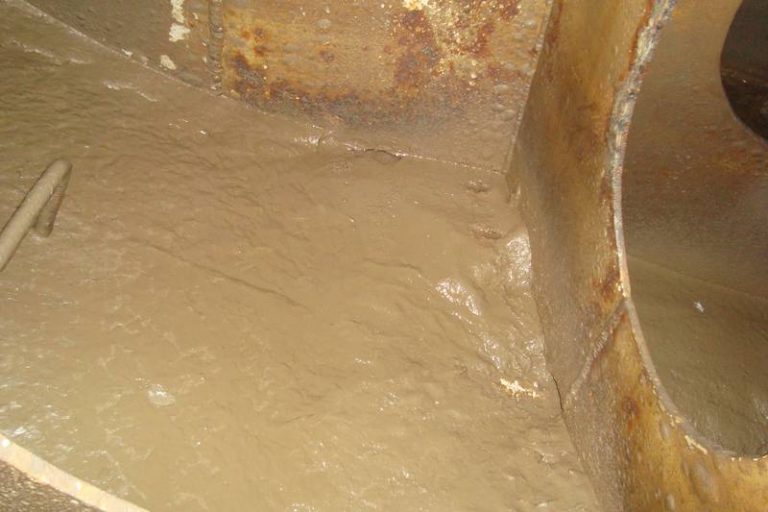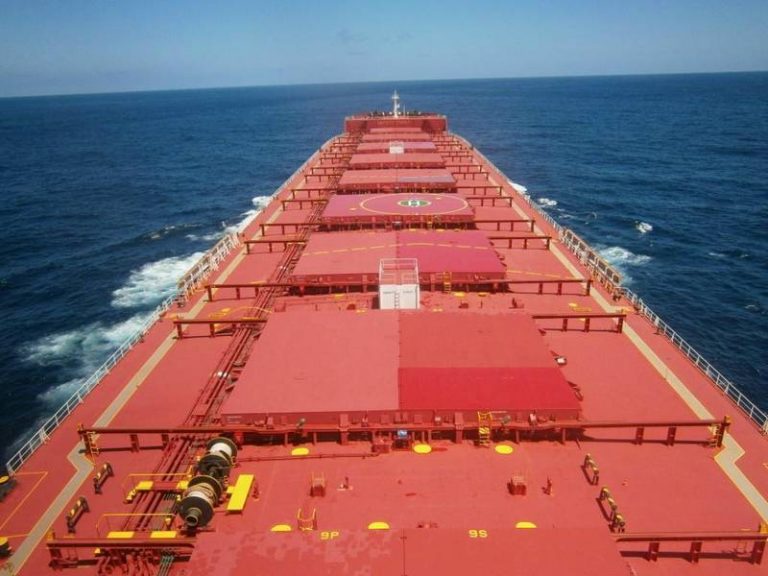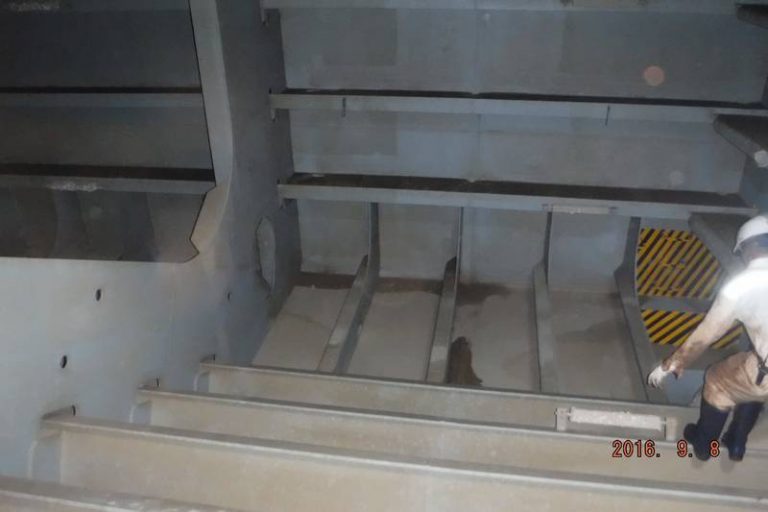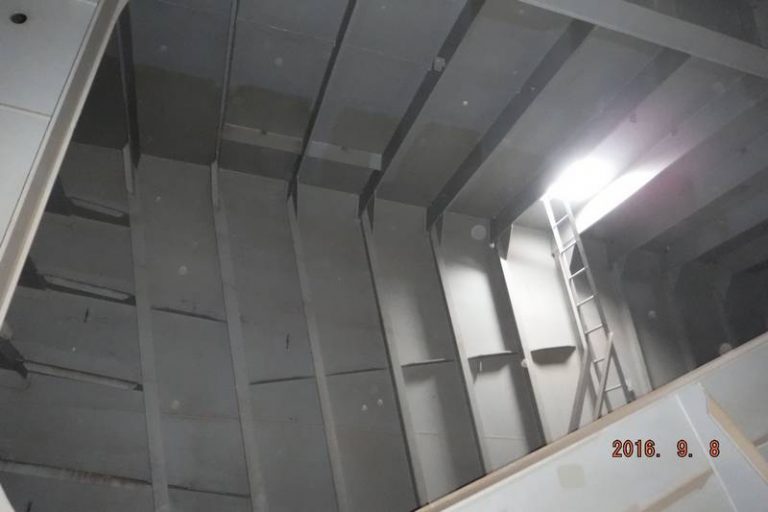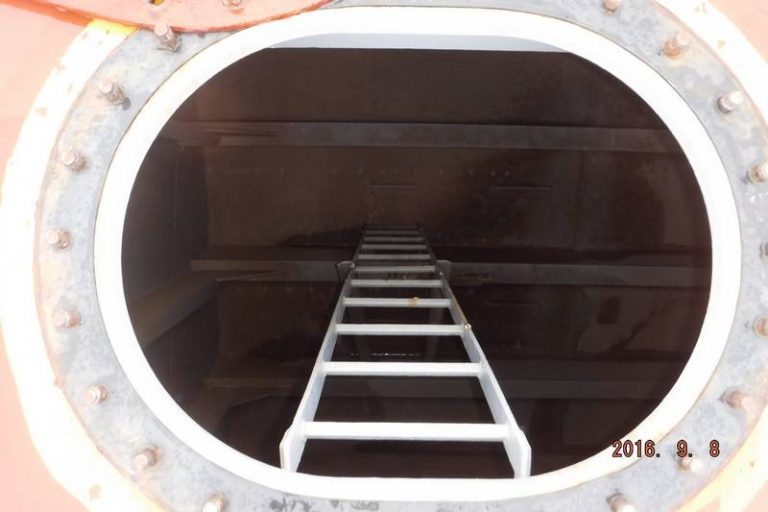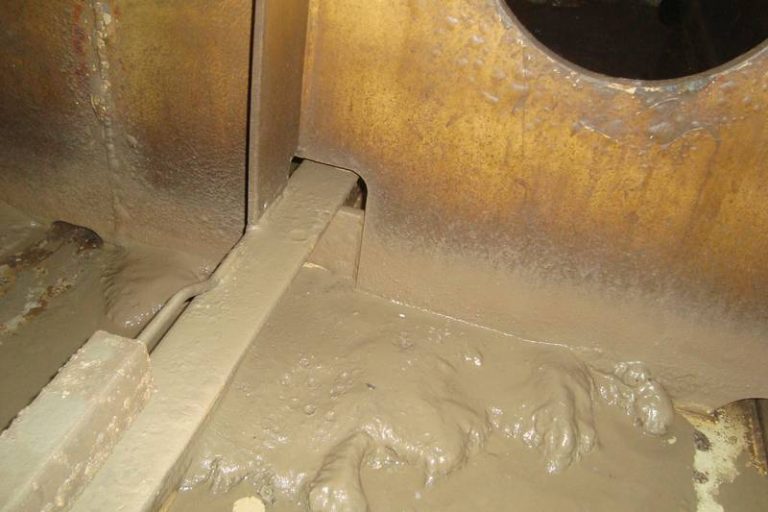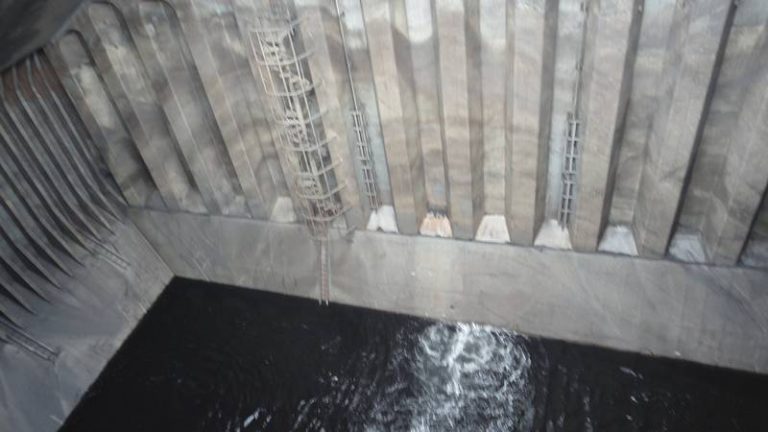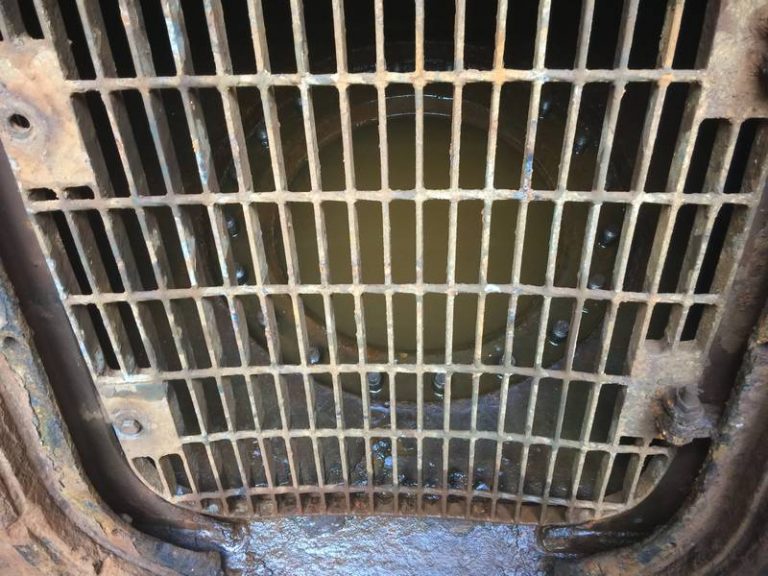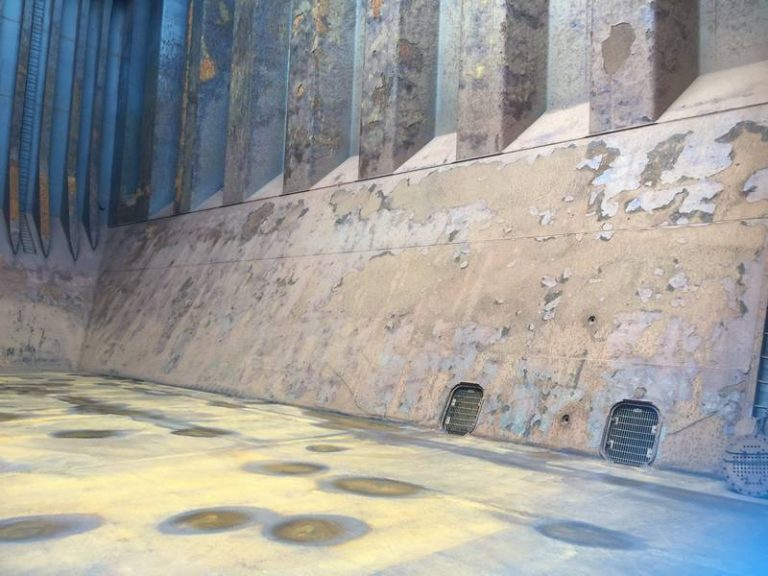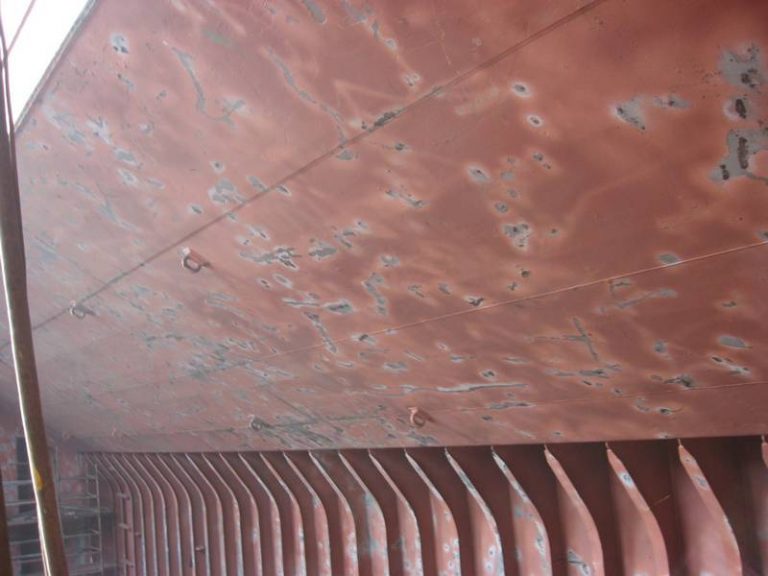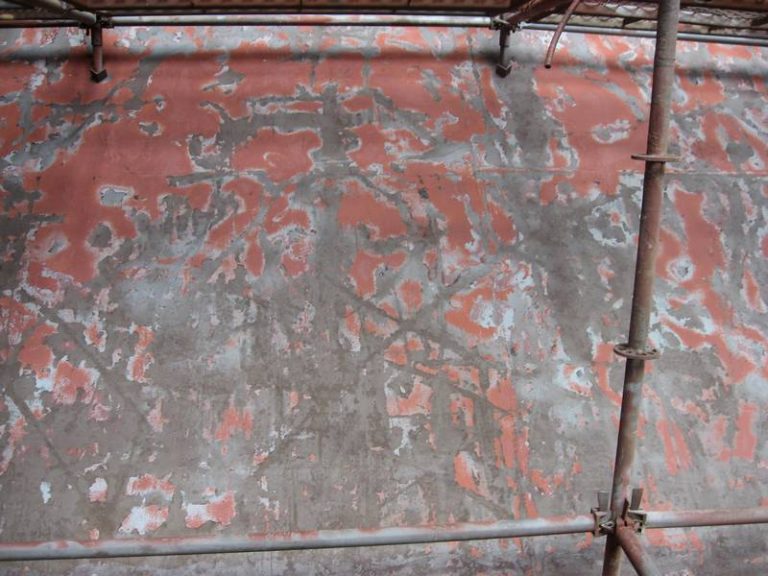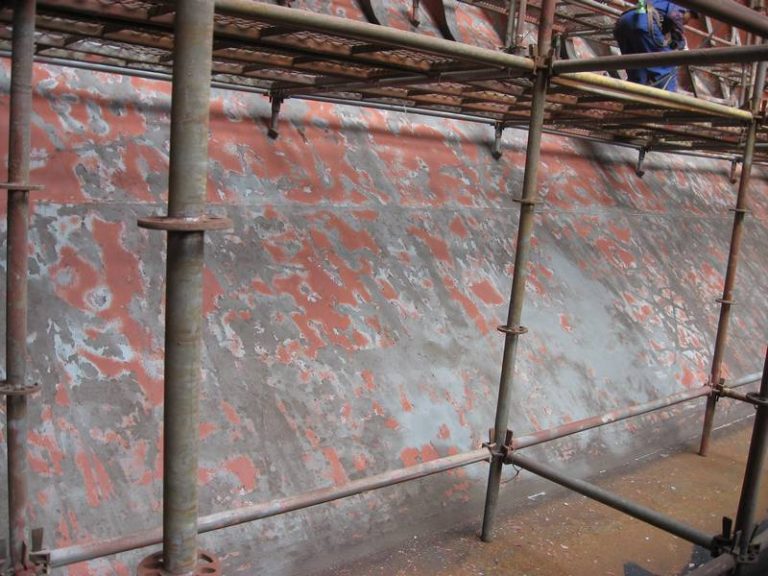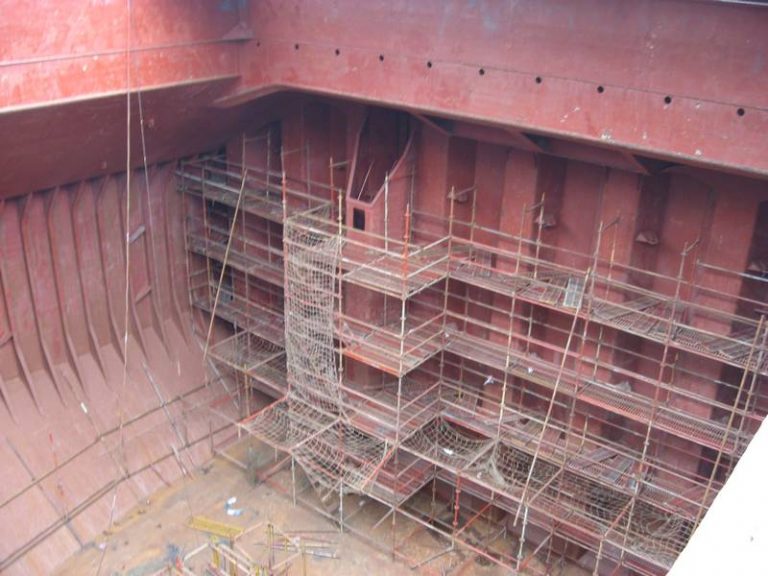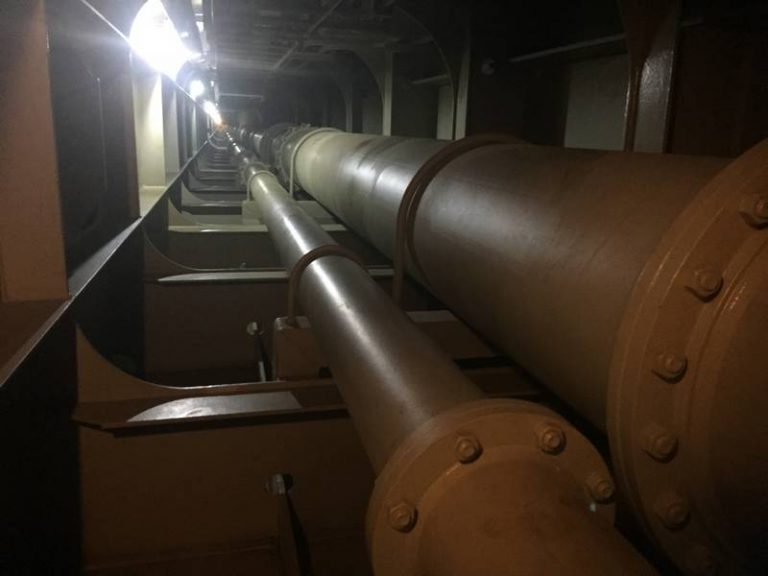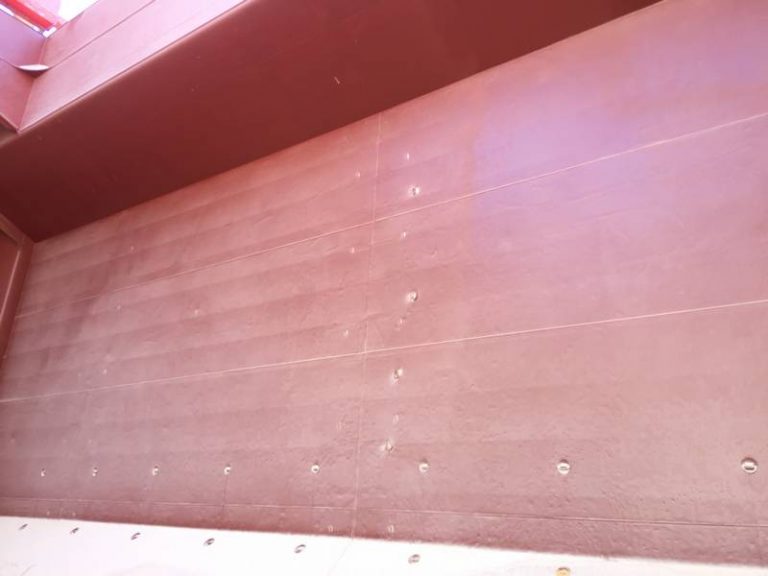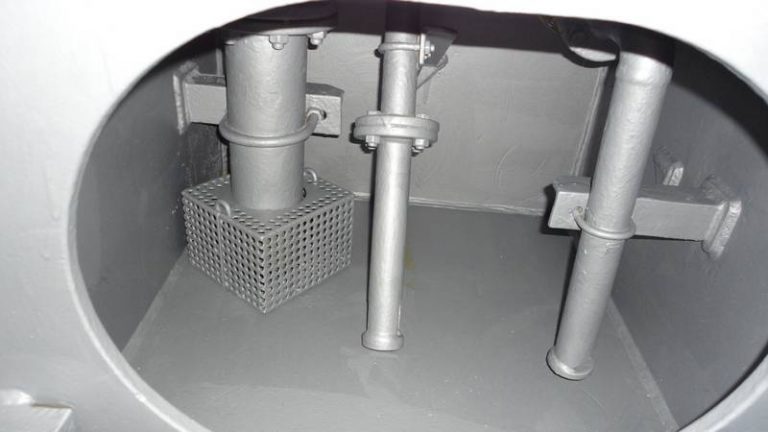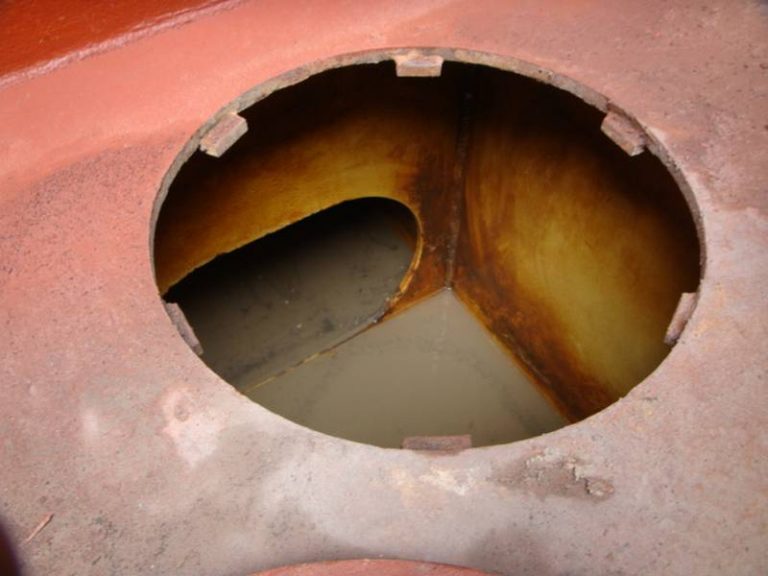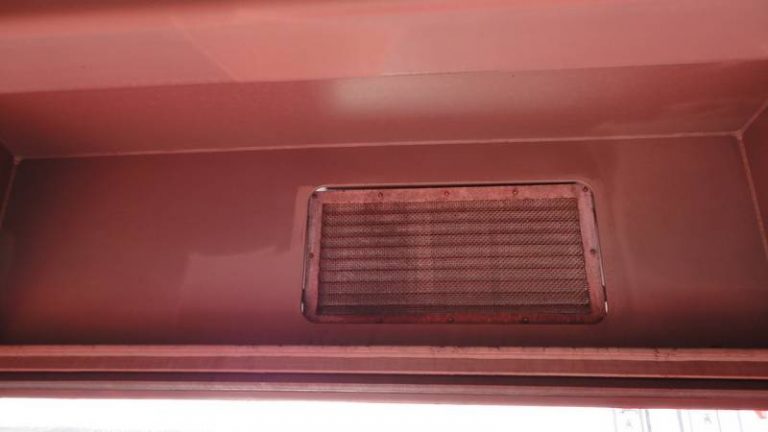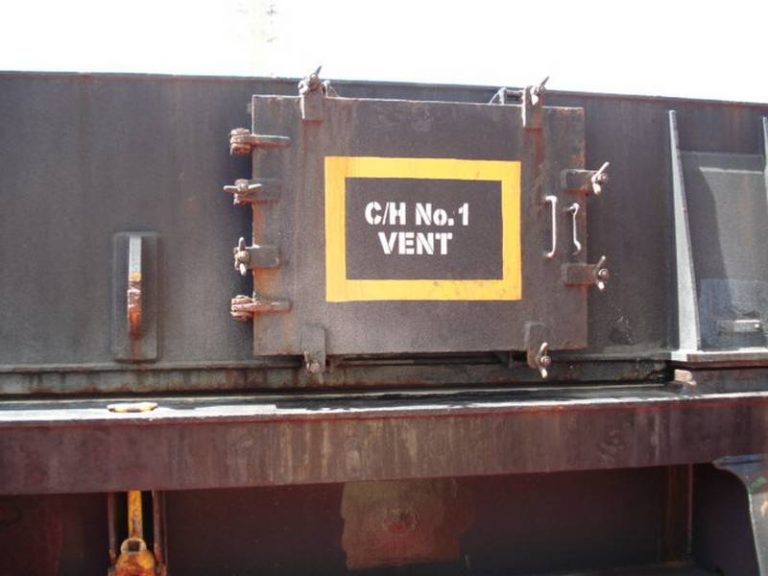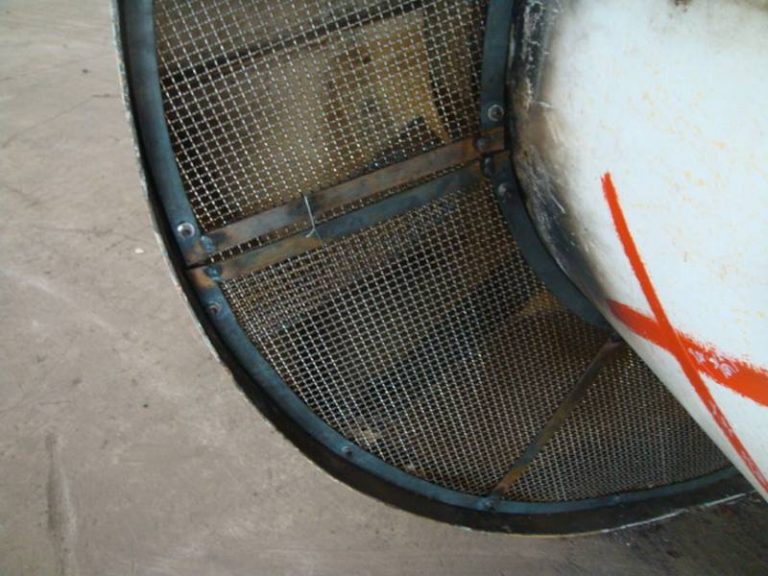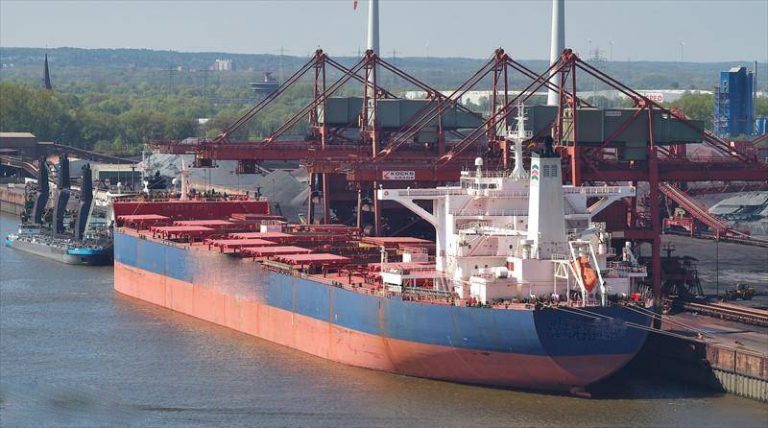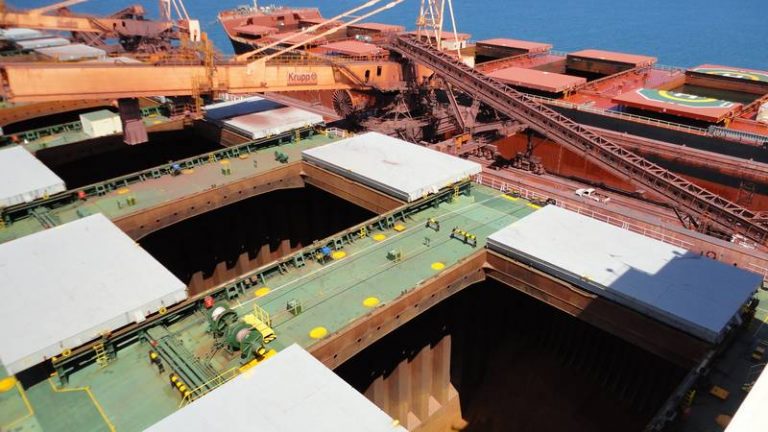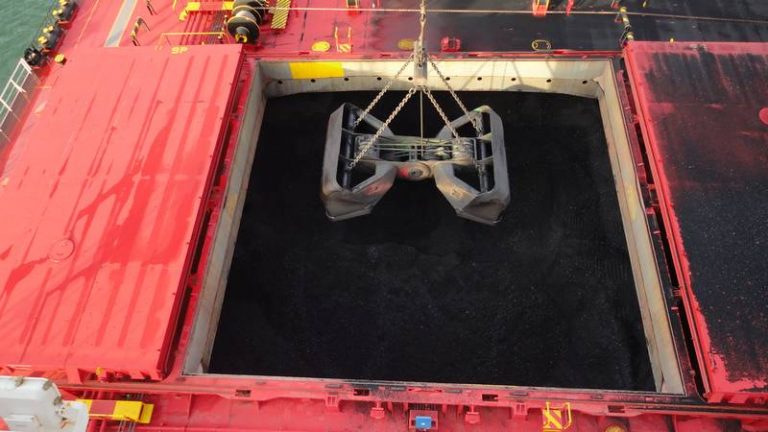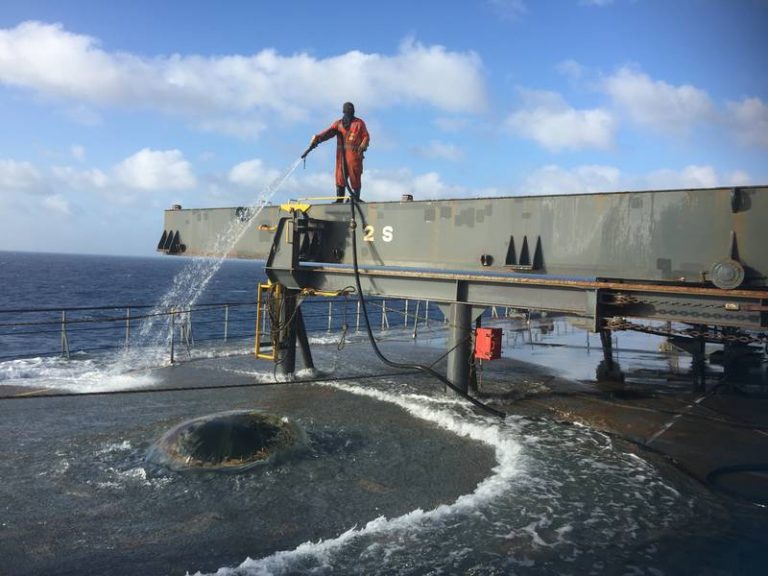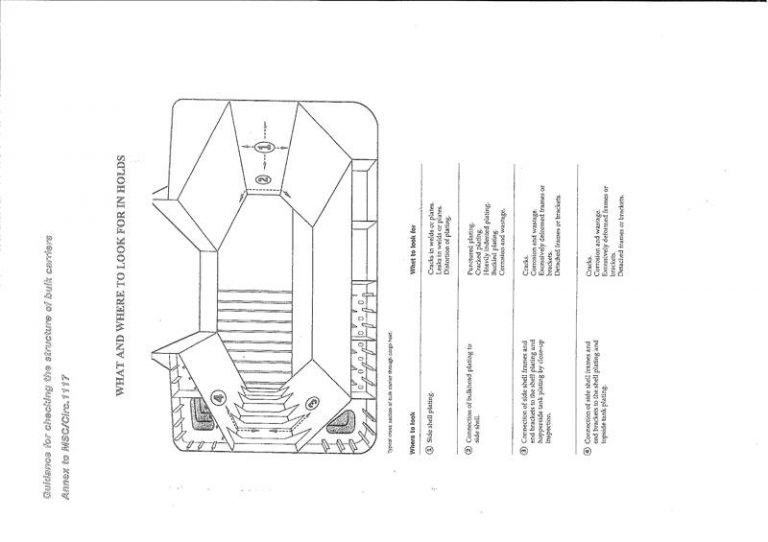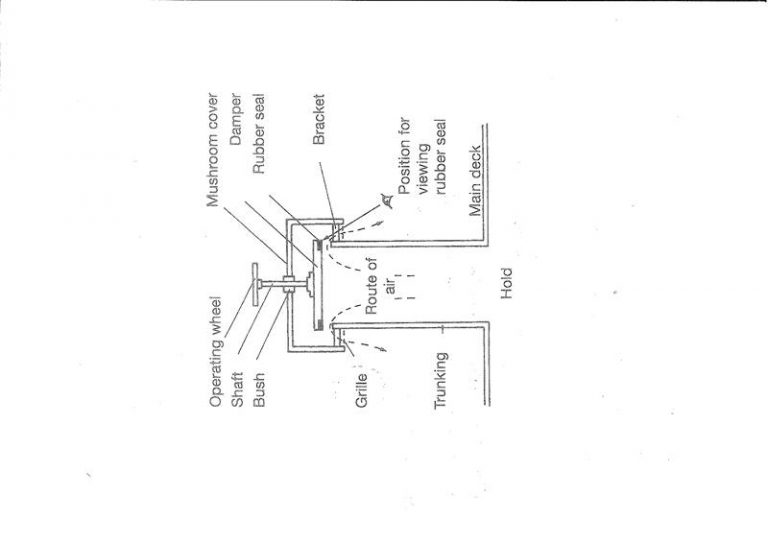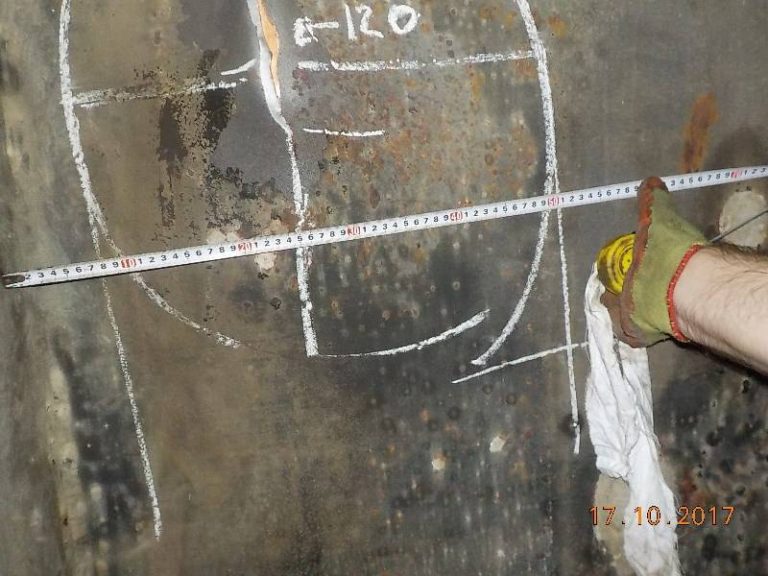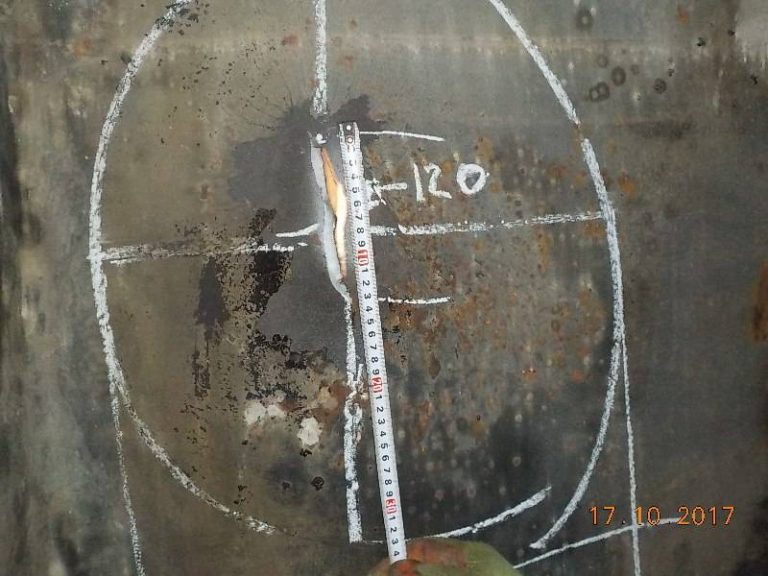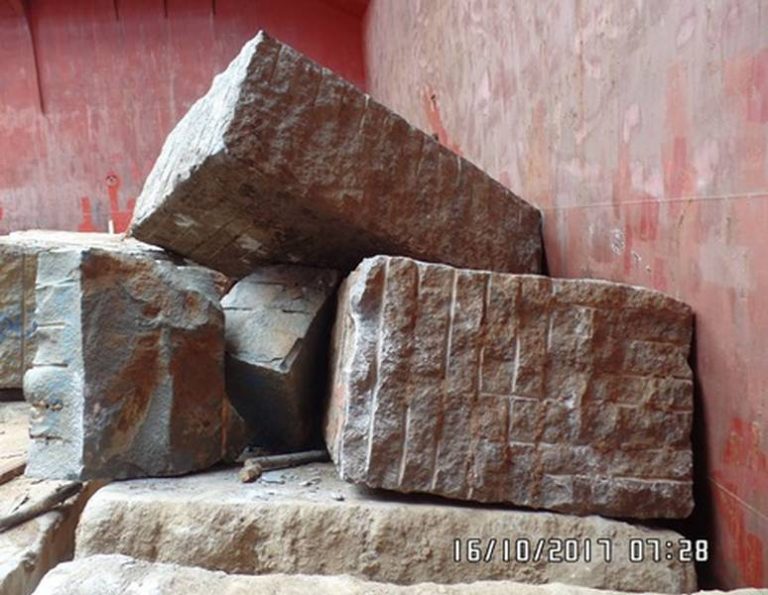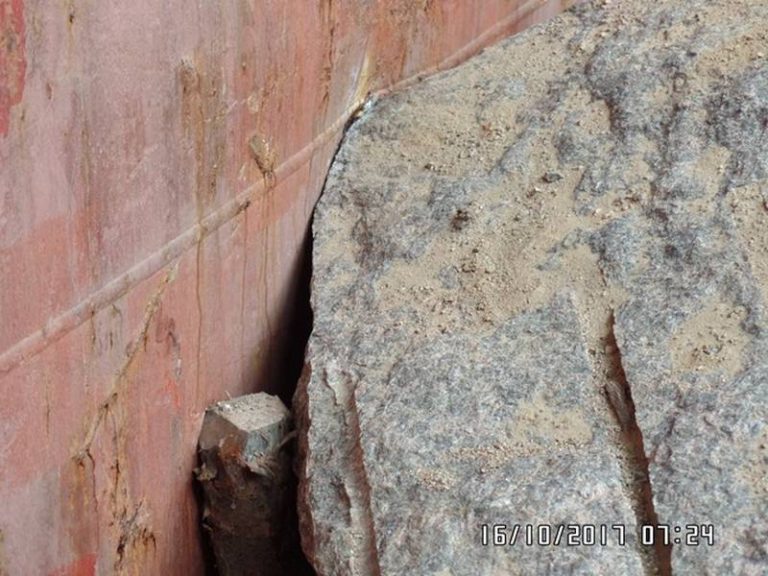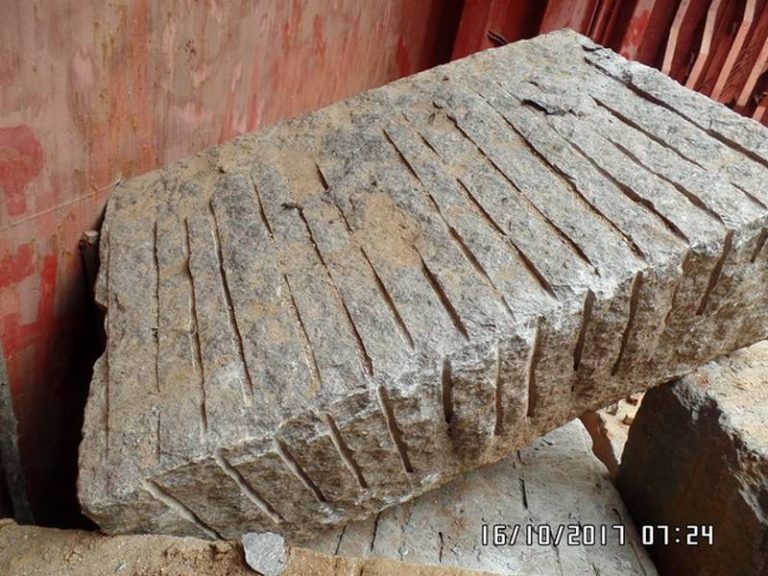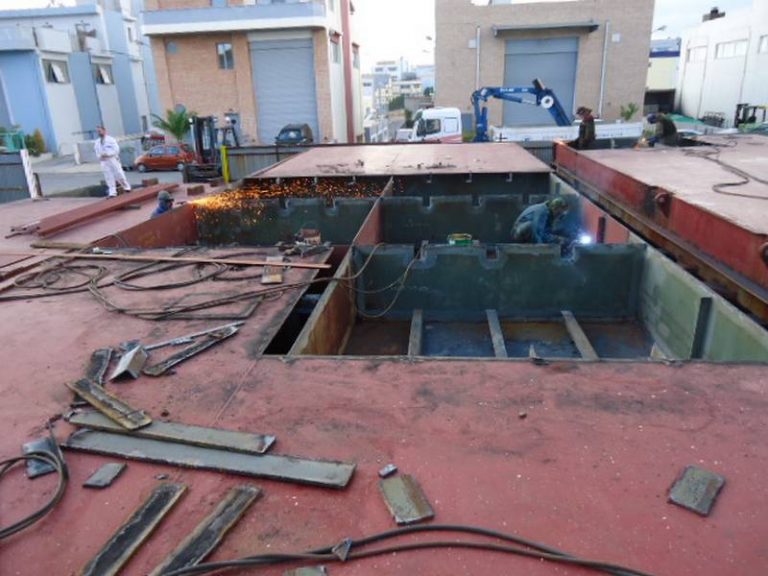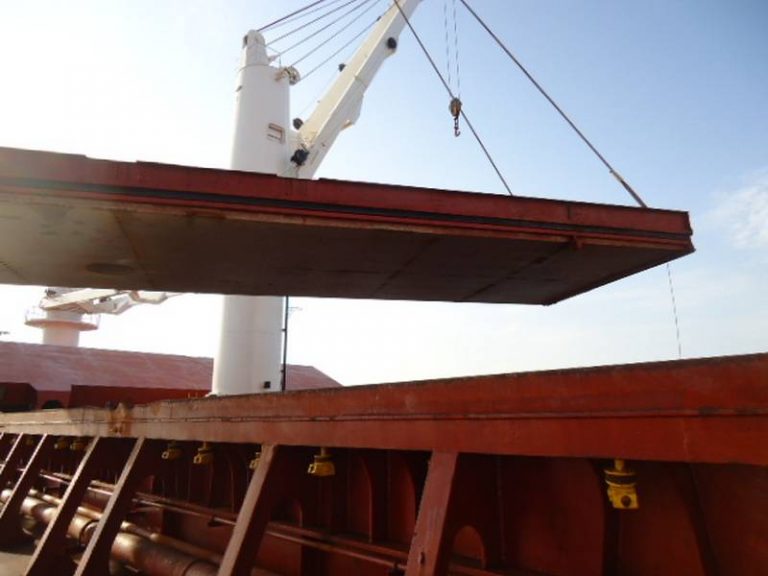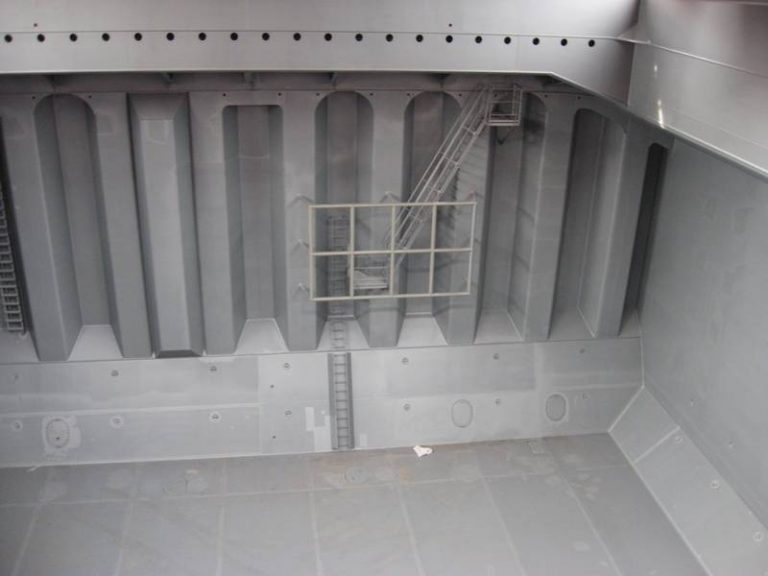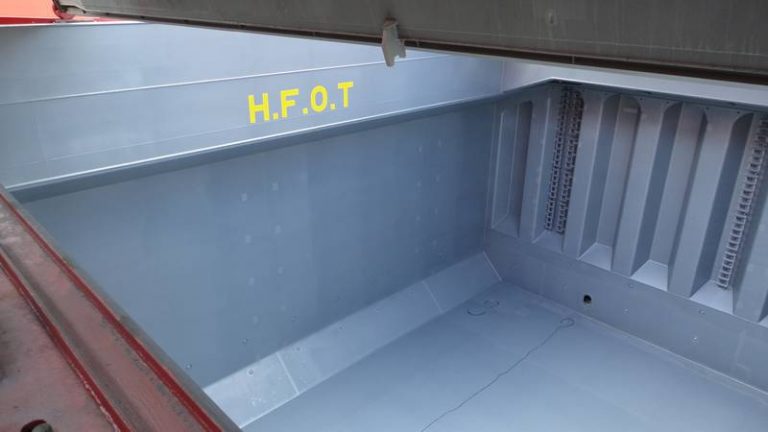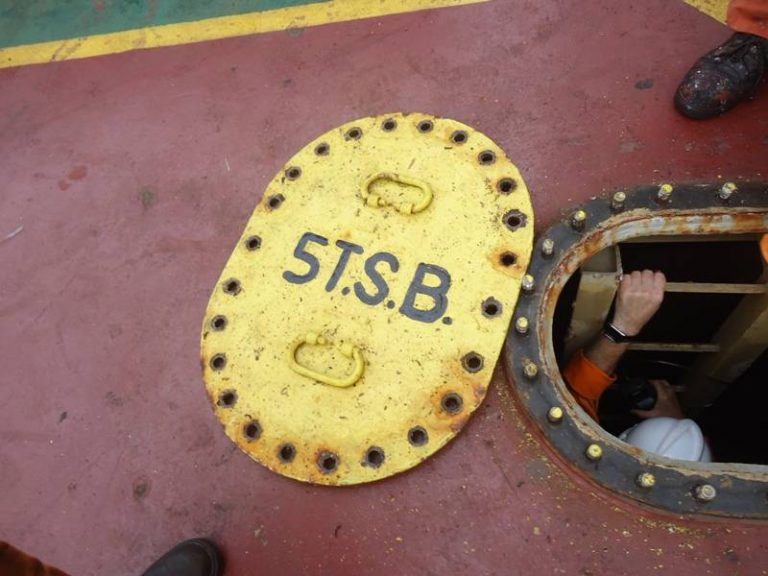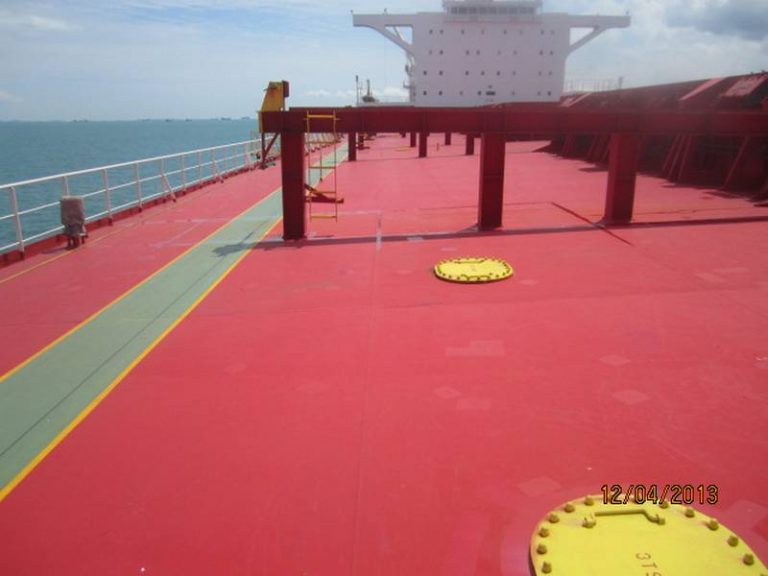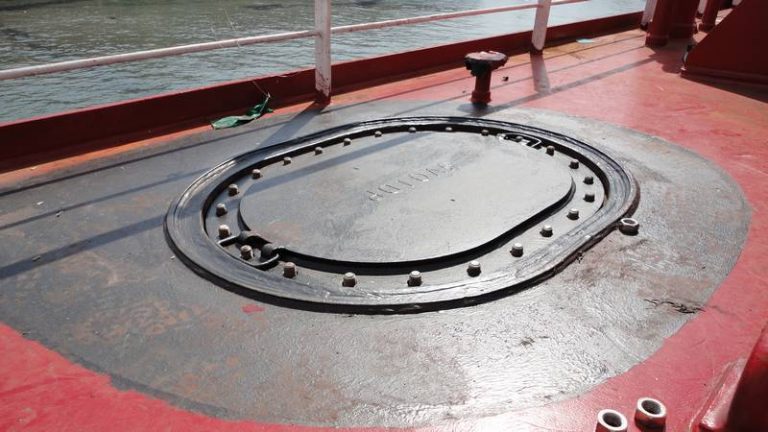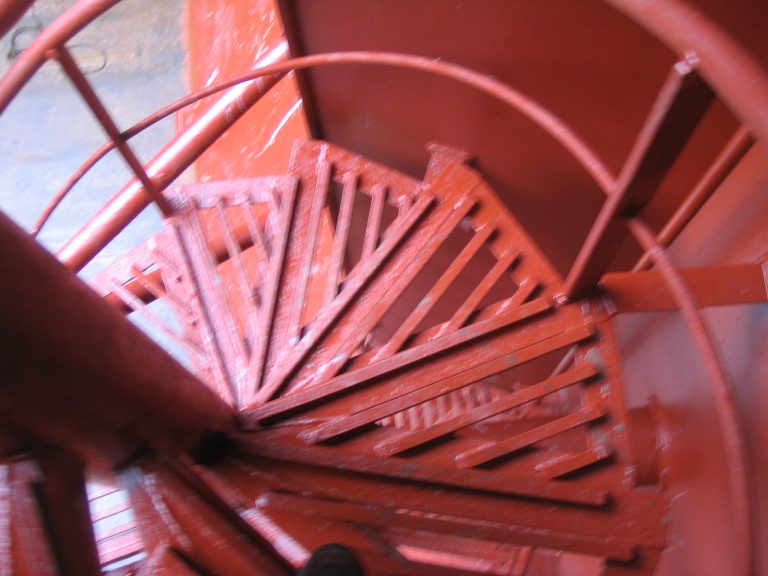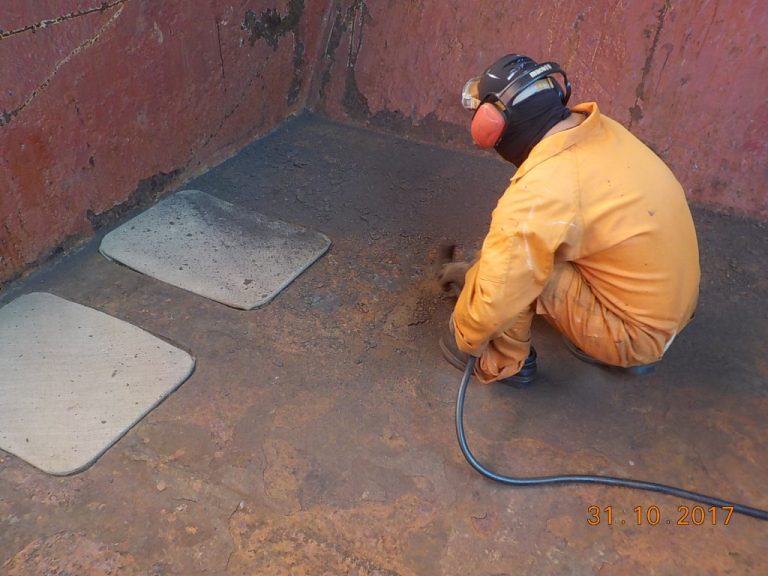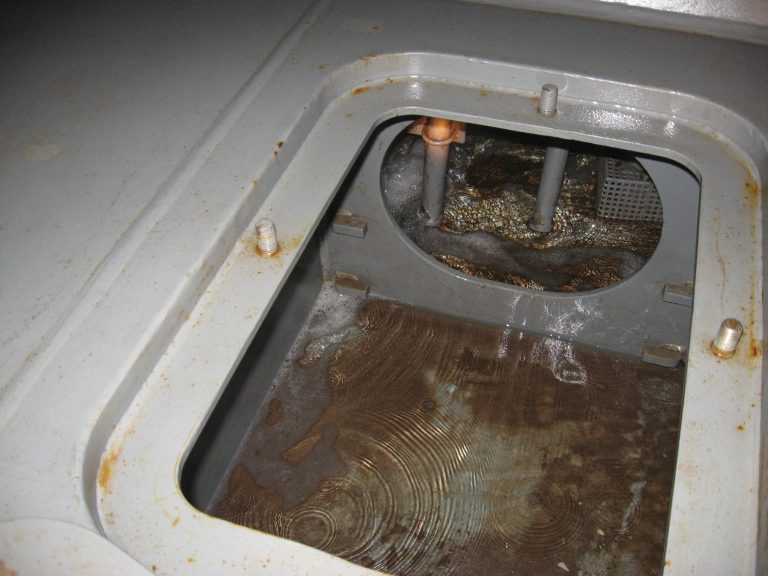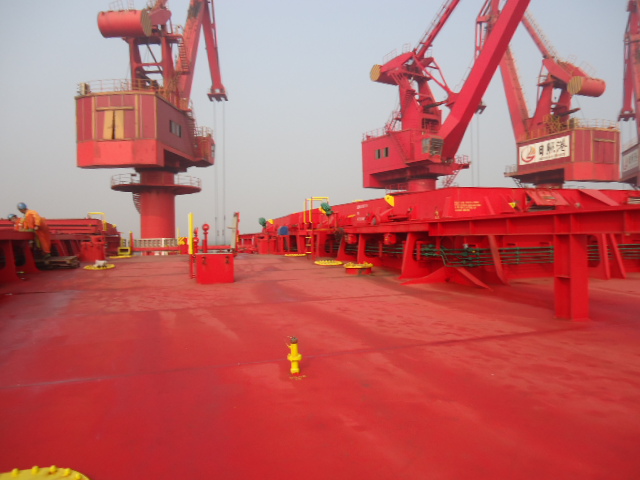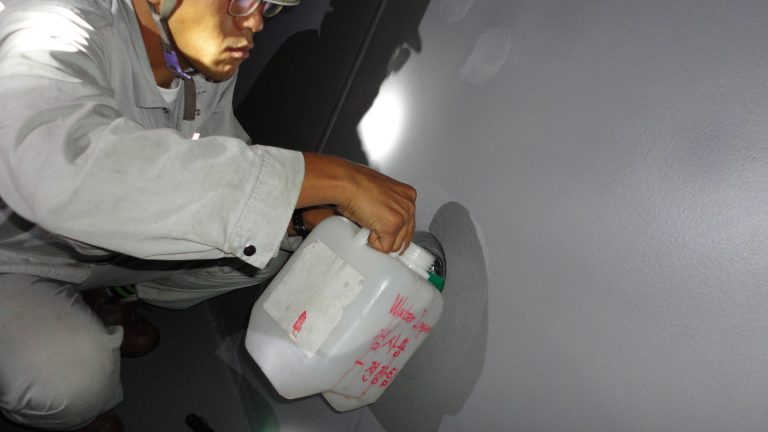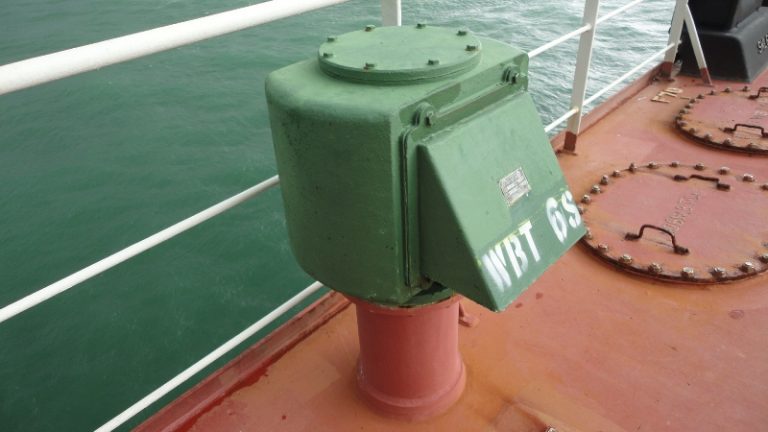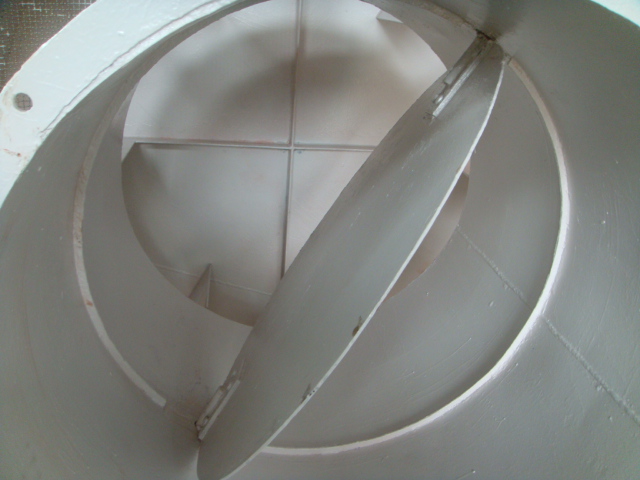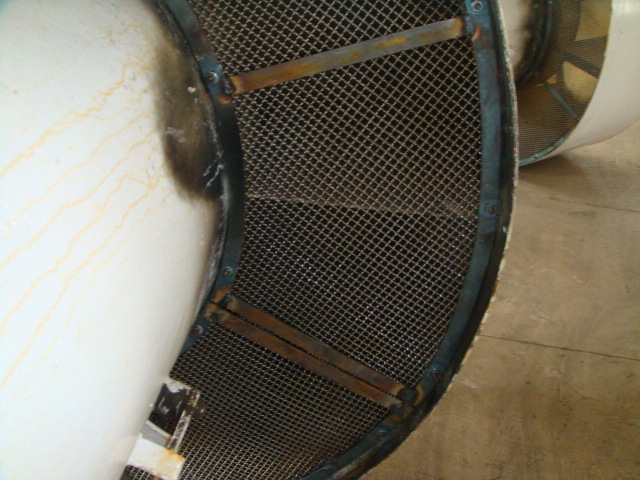CHAPTER No 1
BULK CARRIERS – GENERAL
 Bulk carriers or Bulkers, are described in the International Convention for the Safety of Life at Sea (SOLAS) as ships, including ore carriers, and combination carriers, intended primarily to carry dry cargo in bulk. Such cargoes are “any material, other than liquid or gas, consisting of a combination of par
Bulk carriers or Bulkers, are described in the International Convention for the Safety of Life at Sea (SOLAS) as ships, including ore carriers, and combination carriers, intended primarily to carry dry cargo in bulk. Such cargoes are “any material, other than liquid or gas, consisting of a combination of par
ticles, granules or any larger pieces of material generally uniform in composition, which is loaded directly into to the cargo spaces of the ship without any intermediate form of containment”.
SOLAS distinguishes between two types of bulk carrier.
(a) Single skinned bulk carriers are those in which any part of the cargo hold is bounded y the side shell (these ships are known informally as “conventional bulk carriers”) or which have a double side skin too narrow to satisfy the regulations.
(b) Double skinned bulk carriers are those in which all cargo holds are bounded by a double side skin of 1000mm or more of thickness.
A double side skin is a configuration in which each side is composed of the side shell (the outer skin) and a longitudinal bulkhead connecting the double bottom and the deck (the inner skin).
The IMO defines a bulk carrier as: “A ship which is intended primarily to carry dry cargo in bulk, including such types as ore carriers and combination carriers”
The development history of modern bulk carriers goes back to the early 1950’s when purpose-built ships, were designed for the carriage of large quantities of grains, coal, and, iron ore in unpackaged form.
General features of bulk carriers are:
• Carrying capacity varying from 3000…to 364,767 tons …(Vale Brazil)
• Average speed of 12-15knots.
• Generally have cargo handling gear fitted, while larger vessels use shore based facilities for loading and unloading.
• Single deck ships, ie: no tween-decks.
• The cargo holds are usually large, without any obstructions, with larger hatch sizes to allow easy loading and unloading of cargoes
• They have hydraulic, single pull or stacking (piggy pack) type steel hatch covers..
• Most bulk carriers have one cargo hold dedicated as ballast hold. This can be used on ballast voyages for improved stability. One or two further holds may be permitted for partially ballasting but only in port.
These ships usually have four (4) types of ballast tanks:
(a) sloping top side wing tanks
(b) sloping bottom side wing tanks
(c) double bottom tanks
(d) fore peak and after peak ballast water tank.
Hold structure
The conventional bulk carrier has a box construction with large frames, usually smooth hopper sides fore, aft, port and starboard.
The underdeck and coaming frames are situated high up and are often impossible to get to physically, as are the high ship side frames.
These frames can retain traces of
(a) old cargo,
(b) corrosion,
(c) scale, and,
(d) residues of previous cargo can collect and fall, and contaminate the next cargo.
Some bulk carriers, including many smaller coastal-type ships, are built with box holds.
This means that the hold sides are ‘boxed’ in with smooth steel sides, making discharge and cleaning much easier as there are no frames.
These box holds, however, often have adjacent ballast tanks that may be prone to water leakage through grab damage.
The ship structure, including:
(a) ladder rails,
(b) stanchions,
(c) rungs, and,
(d) pipe protection fittings, can become damaged during discharge.
Any such damage should be noted and repaired on a continuing basis so that steel fittings torn from the ship’s structure by grabs or bulldozers do not contribute to cargo contamination.
This can also result in damage claims to shore-side discharging and conveyor machinery and equipment.
The sheer size of the holds is a factor that often prevents a good hold-cleaning operation from being performed.
In addition, the following can cause contamination of the next cargo:
• grab damage to steel fittings and protection brackets
• loose bulkhead or tank top rust scale increased by damage from grabs or cargo
• grab damage to hold ladders or hold fittings
• tank top and ballast side tank integrity jeopardized by grab damage
• tank top, double bottom and side tank access lids damaged by bulldozers and grabs
Many bulk carriers have a Ballast hold which is an additional design consideration.
Careful attention is necessary when loading ballast and de-ballasting if cargo is being worked at the same time.
Some vessels are also built with extra ballast holds designed to be part filled in port only so that the vessel can maintain air draught, which may be required in some discharge ports.
These holds must e discharged before sailing to avoid the effects of free surface.
Cargo holds have large unobstructed hatches to facilitate the process of cargo loading and discharging. The ship’s holds also have hold Bilges for drainage in the form of two wells, one of each side aft the hold.
The bilges are used to collect water from the tank top and must not be more than half the height of the DB tank.
The may have also high level bilge alarms to track the level of water in them..
On ships that discharge bulk cargoes using grabs, bulldozers or hydraulic hammers, the tank top the deck of the cargo hold to be additionally strengthened during construction.
Bulk carriers built after 1998 are fitted with Water Ingress / Water level detectors and audible and visual alarms as follows:
• In the aft of the cargo hold
• One alarm to warn when the water level is above the inner bottom reaches 0,5m
• A second alarm to warn when the water level reaches a height of either 15% of the cargo hold or 2m.
• An alarm in the ballast tank(s) forward of the collision bulkhead to warn when the water level in the tank reaches 10% of the tank capacity..
• This alarm along with the one fitted in the ballast hold can be deactivate when the compartment is used for carriage of a liquid.
• An alarm in any dry or empty space (except the chain locker) that extends forward of the first cargo hold to warn when the water level reaches height of 0,1m above the deck of the respective compartment.
Operational Factors
Corrosion and fatigue will gradually weaken the hull overtime.
This can be increased by variations in loading patterns and particularly heavy density cargoes such as iron ore
Heavy cargoes – cargoes with a density of 1,780 kg/m3 and above, eg iron, steel, bauxite, cement etc,…
Light cargoes – cargoes with a density between 1,000 kg/m3 and 1,780 kg/m3, eg wheat, rice, barley, etc,…
The International Association of Classification Societies (IACS) estimates that an extra 10% load on a vessel’s structure increases the still water
bending moments by 40% and shearing forces by 20%. These small variations in loads can easily be caused by inappropriate and/or careless loading/discharging.
For example, in the loading port, if the rate of discharge of ballast water is not similar to the rate of cargo being loaded then stresses are likely to cause severe damage to the ship’s structure.
It is the job of the ship’s officers to ensure that this does not happen and the procedure should be established in the cargo plans.
If it is suspected that a vessel has been (1) overloaded, tank top and deck structures ( particularly deck plates between hatchways and at hatch corners ) should be carefully inspected for any signs of cracking or buckling.
Another factor that gradually weakens a ship’s structure is the abrasive and (2) corrosive nature of bulk cargoes such as coal, which can cause unintentional damage to cargo hold coatings.
Areas such as welded frame joints with tank top or deck plating are very likely to develop corrosion and subsequently crack if the coatings are damaged.
Other factors include, (3) Liquefaction of cargoes, caused by water ingress or moisture in the cargo, can cause cargo shift during the voyage.
Movement of (4) ballast water in partly filled ballast water tanks or holds can cause damage and create corrosion.
To avoid this tanks and holds should be completely filled.
Precautions to Overcome Structural Problems
Solas Chapter XI-1, requires bulk carriers to comply with the ENCHANCED survey program (ESP) of inspections, including regular inspection of the cargo hold by ship’s personnel.
However, owing to the time constraints in port, ships manning levels and charterers requirements, it is recognized that this may not always feasible. Findings by the ship’s officers should be reported to the owner immediately so that a subsequent detailed inspection may be carried out by expert surveyors and repairs effected as necessary, if possible when cargo discharging is complete.
A close inspection should be made for any damage to the structure of the ship and the coatings caused by stevedores.
There are times during discharge when impact caused by the garbs is heard and tremor is felt through the ship. On such occasions, of the hold should take place.
Areas susceptible to damage include:
• Ladders,
• Pipe guards,
• Manhole and Bilge covers,
• Hatch coamings,
• Compressor bars,
• Ship’s rails.
This damage can easily be identified and should be repaired before departure.
Officers observing such damage should immediately put the foreman on notice on the obligation to repair the damage.
A stevedore damage report form should be completed.
To overcome the problems associated with operational factors such as stresses during loading and discharging, the ship’s officers should prepare and plan a sequence for loading / discharging and de-ballasting / ballasting.
Contingencies should be planned identifying hazards and carrying out and documenting risk assessments.
The control measures identified in risk assessments should be closely monitored.
A thin layer of high density cargoes should be spread on the tank top before fixing the loader in a central position within the hold. This will help protect the tank top from damage.
High Tensile Steel (HTS) is commonly used in bulk carriers to reduce the thickness of the structure, increasing cargo carrying capacity.
However, the downside of HTS is that when any structure is corroded, the loss of strength occurs far quicker than for mild steel.
Therefore, high notch tough steel – σκληρη εγκοπη – is used in crucial areas such as keel, bilge, deck stringer, sheer strakes and top bottom parts of bulkheads to provide continual strength throughout the vessel life.
Structural Standards for Bulk Carriers
Bulk carriers are known to be more susceptible to structural failure than other similar sized ships, particularly when a hull breach causes water ingress into the cargo holds.
The primary precaution however is still to vigilantly monitor the structure for any signs of deformation, fatigue or corrosion and apply preventive rather than reactive maintenance.
Cargo operations should be carried out carefully, to ensure sufficient stability throughout the passage. However, despite all these precautions, incidents on bulk carriers causing loss of both life and cargo have caused concern from the 1980s, leading to the development of new structural standards for bulk carriers.
- OLYMPUS DIGITAL CAMERA
- OLYMPUS DIGITAL CAMERA
- OLYMPUS DIGITAL CAMERA
- OLYMPUS DIGITAL CAMERA
- SAMSUNG CAMERA PICTURES
- SAMSUNG CAMERA PICTURES
- SAMSUNG CAMERA PICTURES
- SAMSUNG CAMERA PICTURES
- SAMSUNG CAMERA PICTURES
- SAMSUNG CAMERA PICTURES
- GEDSC DIGITAL CAMERA

